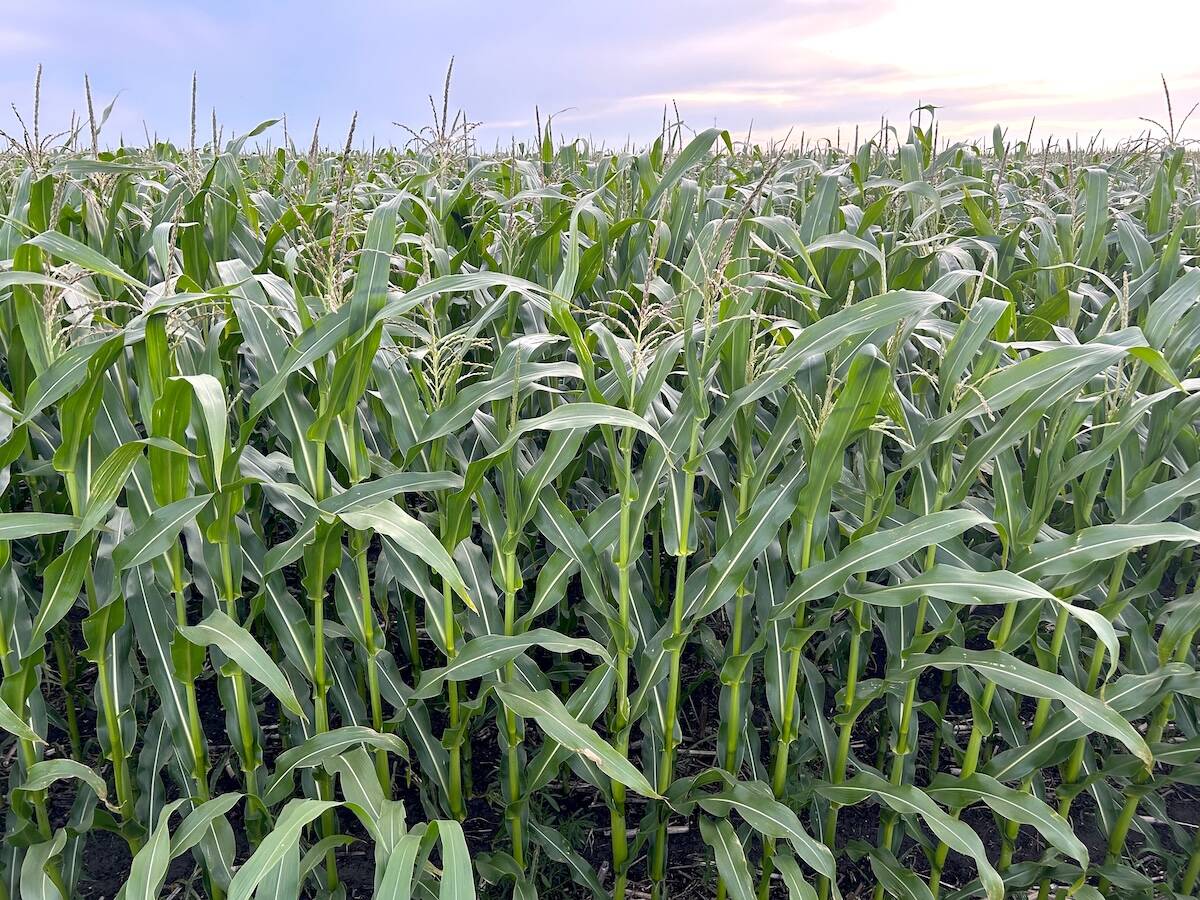Buying farmland in Canada has become at its least affordable since the 1980s, according to Farm Credit Canada.
Highlights
- The farmland affordability index is at its highest level (least affordable) since 1983
- Ontario, Quebec have the least affordable farmland
- The average farmland payment in 2024 was 11 per cent of cash receipts
Rising faster than revenue
FCC reported on March 26 that its newly purchased farmland affordability index, which calculates the relationship between payments for the land and its income potential, rose to its highest level (least affordable) since 1983 at 138 in 2024. However, the metric was well below the record high of 207 set in 1981. Since 2020, farmland values and interest rates have risen faster than revenue.
Read Also

Grain Farmers of Ontario joins Grain Growers of Canada
Grain Farmers of Ontario has officially joined with national group Grain Growers of Canada.
All four Western Canadian provinces saw their indexes rise with Saskatchewan being the highest at 150, a level unseen in that province since 1990. Meanwhile, British Columbia was only a few points behind. Manitoba was at approximately 125, its highest level since 1983 and Alberta was at around 110, a six-year high.
However, farmland in Ontario and Quebec had the least affordability in Canada in 2024 and reached record highs at just above and just below 150, respectively. In Atlantic Canada, the index was at around 110.
The average farmland payment in Canada represented 11 per cent of farm cash receipts in 2024, the highest percentage ever recorded. The average was at nine per cent only three years earlier. Ontario had the highest percentage in 2024 at 17 per cent, while Saskatchewan had the highest in Western Canada at just above 10 per cent. Atlantic Canadian farmers paid the lowest percentage of their receipts at three per cent.
FCC warned that projected declines in grain and oilseed receipts, as well as persistent high costs and potential trade disruptions could tighten net margins in 2025, making farmland less affordable.















